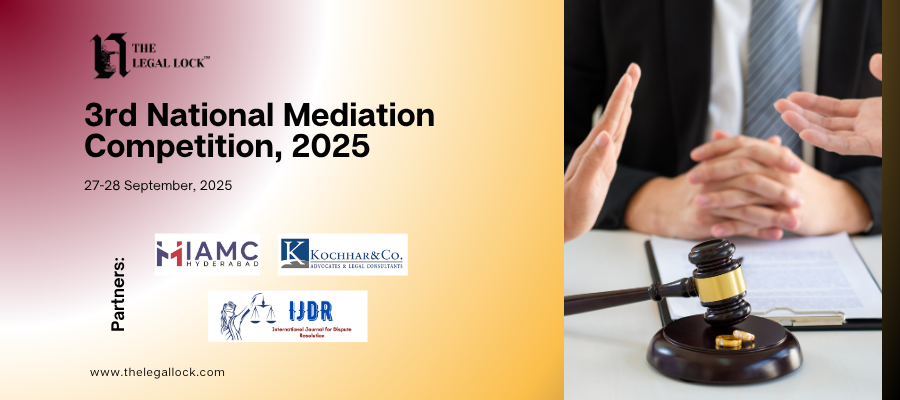Case Analysis – Sunil Batra vs Delhi Administration

Equivalent citations: 1980 AIR 1579, 1980 SCR (2) 557
Bench: Krishnaiyer, V.R.
Introduction
Sunil Batra v. Delhi Administration & Others is a significant case in our legal history that helped to safeguard the fundamental rights of prisoners. It was unusual in a number of respects, one of which was that the petitioner was a death row inmate, which was unheard of at the time.
It raised a number of concerns, including disputes between different fundamental rights and the 1874 Prison Act. It also revealed the inhumane treatment of detainees, with many of them subjected to torture and sexual assault. It went a long way toward bringing attention to the disturbing behavior of prison officials toward detainees.
Facts
Sunil Batra, the petitioner in question, was a death row inmate at the Tihar Central Jail. He submitted a letter to a Supreme Court Judge complaining about the jail’s terrible living conditions and dubious treatment of detainees.
In his letter, he also complained of Head Warden Maggar Singh’s harsh attack and torture of another prisoner, Prem Chand, as a ruse to extort money from the victim’s visiting family. The Supreme Court transformed this letter into a habeas corpus action and, as a result, classified it as Public Interest Litigation under Article 32 of the Constitution. The court then issued a notice to the state and the relevant officials.
It also named Dr YS Chital and Shri Mukul Mudgal as amicus curiae and gave them permission to visit the prison, meet the prisoner, check the necessary documents, and interview the necessary witnesses in order to ensure that they were as well informed as possible about the relevant details, circumstances, and chain of events pertaining to the case.
Following a visit to the jail and an examination of the witnesses, the amicus curiae reported and verified that the prisoner had suffered significant anal damage. They said that a rod was pushed into the prisoner’s anus as he was being tortured.
As a result, the prisoner suffered from constant bleeding. He was taken to the prison hospital and subsequently transferred to Irvin hospital because the bleeding would not stop. It was also stated that the prisoner’s reason for the anal rupture was his inability to comply with the warden’s requests for money and that departmental employees attempted to cover up the crime by overawing the prisoner and the jail doctor.
Issues
This case brought up a number of important topics, including:
- Whether or not convicts have the same rights and obligations as ordinary people.
- Was it within the highest court’s authority to hear a convict’s petition?
- Whether or if the basic rights, particularly Articles 14, 19, and 21, applied to someone who was held.
- Addressing the heinous and deplorable circumstances that exist in jails.
- Which of the two laws, the aforementioned prisons act or the constitution’s basic rights, take precedence?
- Sections 30 (concealment of a prisoner’s property and solitary confinement of those on death row) and 56 (if a jailer or his subordinate is found to have breached his duty or done anything against the law or regulation, he shall be punished with imprisonment for not more than 3 months or a fine not exceeding 200 rupees or both) of the Prison Act 1894 were questioned, as they referred to confiscation of a prisoner’s property and solitary confine
- In addition, doubts were raised about what adjustments and revisions to the Prison Act will be made in the future.
Judgment
Sections 30 (concealment of a prisoner’s property and solitary confinement of those on death row) and 56 (if a jailer or his subordinate is found to have breached his duty or done anything against the law or regulation, he shall be punished with imprisonment for not more than three months or a fine not exceeding 200 rupees or both) of the Prison Act 1894 were questioned, as they referred to confiscation of a prisoner’s property and solitary confine
In addition, there were inquiries as to what future adjustments and changes to the Prison Act will be made.
Furthermore, despite the fact that Section 30(2) of the Prison Act gives jail officials the authority to confine a prisoner in a separate cell, this provision should not be construed as a right or freedom to abuse convicts.
This is due to the fact that the prisoner still has the right to life and liberty. Section 30(2) of the Prison Act was found to be in breach of Article 21. This is because a prisoner’s freedom may only be limited if the law clearly supports it. This clause was deemed arbitrary since it did not emphasize anything in particular about the necessity for separate confinement to have a legal basis.
The Court also determined that Section 30(2) did not violate Article 14 since convicts facing the death penalty may pose a threat to other inmates and correctional staff. As a result, it was thought that keeping them in separate cells was required.
The Supreme Court further decided that a prisoner serving a death sentence is not covered by Section 30(2) if there is still a prospect of the court’s judgment being overturned. If a prisoner’s death sentence is final and irrevocable, then and only then can he or she be held in a separate cell under the terms of Section 30(2).
Section 56 of the Prison Act was likewise found to be in breach of basic human dignity and should be trimmed and regulated by the court. In the same way, the Superintendent’s powers under this provision were to be limited. The court did not believe that humiliating and disrespecting inmates was the best way to rehabilitate them.
It was also determined that the Jail authorities misinterpreted the concept of solitary confinement. As a consequence, the court determined that, under Section 30 subsection 8, “solitary confinement” meant restricting a prisoner’s ability to communicate with other inmates, but that this did not necessarily imply that convicts should be kept out of sight of other inmates.
Furthermore, Section 56 of the Prison Act authorized the Superintendent to take necessary measures by placing inmates in irons, but only when such orders were officially verified by the local government, and they could not do it on their own initiative. Prem Chand was held in a separate cell with irons without the express authorization of the local authorities in this instance. As a consequence, the Superintendent was held accountable.
Conclusion
The rules that were revealed in this case, like many others, were leftovers from the British colonial era. It was plainly revealed as being obsolete and widespread to the establishment of a modern India since it did not comply with international human rights legislation at the time.
The role and obligations of jail superintendents were also highlighted in this case. It brought to light the dangers that a breach of duty may bring. Here, issues such as sufficient medical treatment for inmates, decent housing circumstances, and unrestricted access to court officials were all raised.
It also represented a turning point in the treatment of inmates, with attorneys being selected by the District Magistrate, Session Judge, High Court, or Supreme Court for interview visits and confidential discussion with convicts regarding, among other things, their treatment in cells.










